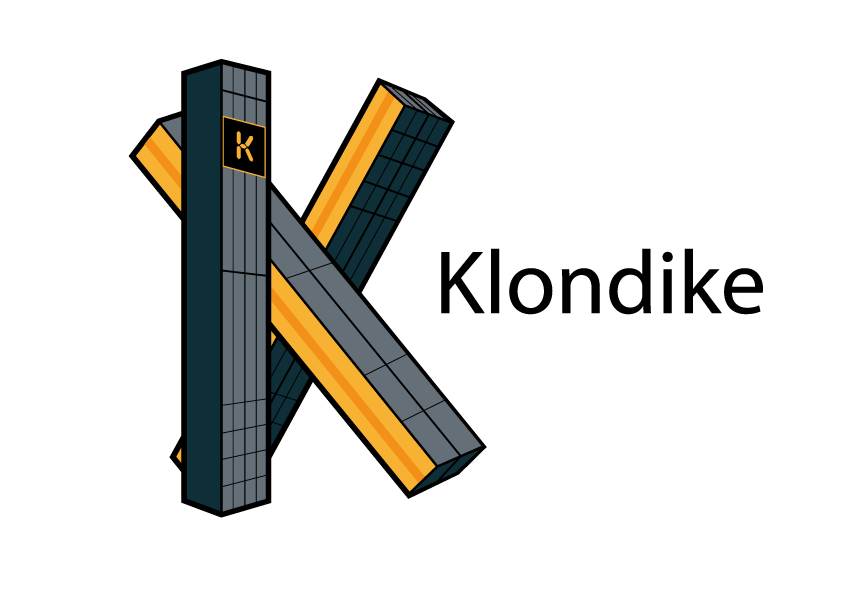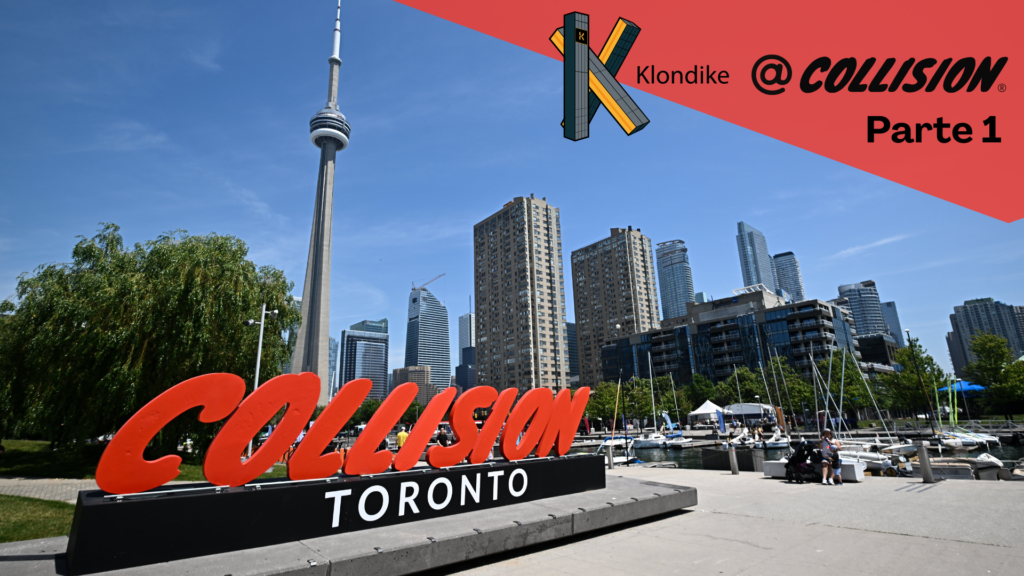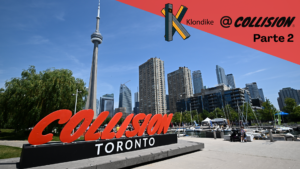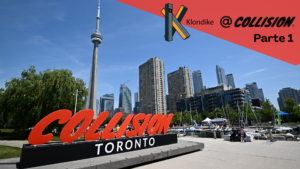Index
It was a late March afternoon when in the offices of Klondike in Verona comes an email where we find written: Klondike participation at Collision Conference, outcome: ADMITTED. We’re going to Canada!
But let’s take a step back. Since last November Klondike has opened an office in Puglia Region, Bari to be precise. And it’s thanks to Regione Puglia – Puglia Sviluppo, together with the partnership of ITA – Italian Trade Agency, that we had the opportunity to take part in the Italian delegation that participated at Collision in Canada.
Not exactly in the Klondike region, from which we borrow the name, but more than 5,000 km away, precisely in Toronto.
Collision Conference
The Collision Conference is one of the largest technology and innovation events in North America. The conference, founded in 2014 by Paddy Cosgrave (also founder of the Web Summit), initially took place in New Orleans in the United States, but moved to Toronto in 2019.
This change of location has had a significant impact on Toronto and Canada, contributing to the growth of the Canadian city as an important technological and innovative hub.
Specifically, it is an annual conference that brings together entrepreneurs, investors, startups, journalists, experts and innovators from different sectors from around the world. The name “Collision” refers to the idea of connecting people, best practices and ideas, encouraging growth and collaboration.

Klondike in Canada
From the communication of March to the end of June, date of departure, a series of interesting preparatory meetings organized by the staff of Puglia Sviluppo and ITA. The departure from Italy of Klondike’s team is double: Davide leaves from Rome, Raffaello instead from Venice. After ten long hours of flight one of the most bizarre meetings possible, directly at Toronto airport. We stay in Beaconsfield Village, a neighborhood in the western part of Toronto in full American style characterized by detached houses that we all saw in movies or TV series at least once in a lifetime. A short walk away there is Ossington Avenue, a street that we discover is a popular destination for both young people in Toronto and for tourists thanks to its liveliness and its many fashion shops, but also restaurants, bars, pubs, cafes and art galleries.Day 1 – Toronto
In view of a busy week, we treat ourselves to a first day as tourists. We take a long walk, starting from the quiet Beaconsfield Village district and passing through Little Portugal, Little Italy and Chinatown, until arriving in Downtown. Downtown is the central part of the city of Toronto that includes the iconic CN Tower, museums such as the Royal Ontario Museum and the Art Gallery of Ontario, and the pedestrian Distillery District. This area is also home to major financial institutions such as the Toronto Stock Exchange. Here the landscape changes completely: from the multitude of low houses and vast green areas to the skyscrapers that form the city skyline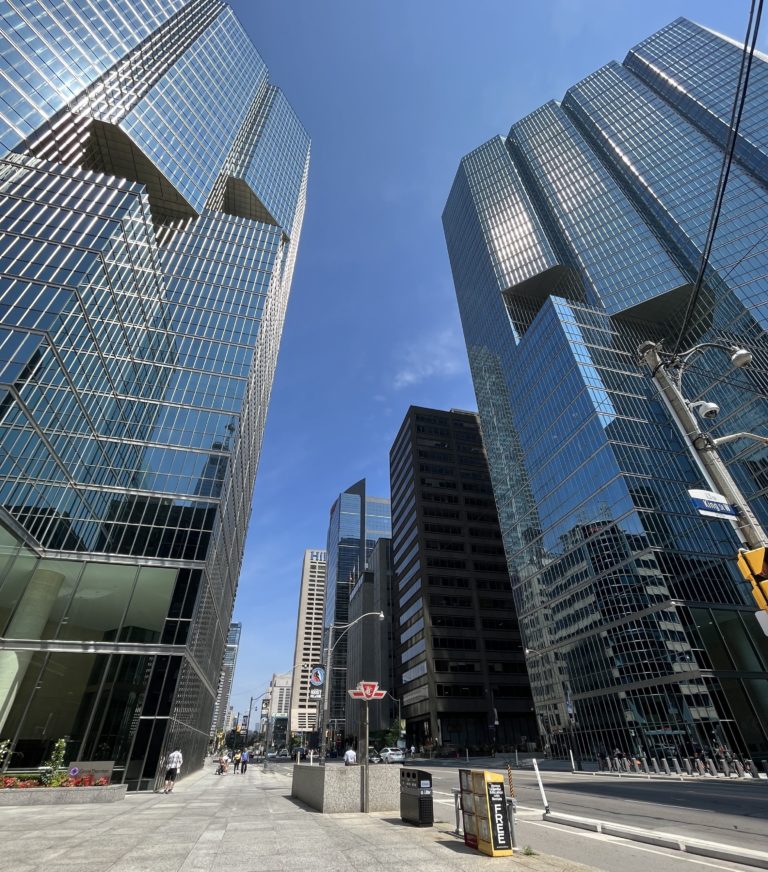
Toronto is a cutting-edge and dynamic city that has been able to attract emerging startups and technology companies from all over the world. What we notice right away is the extraordinary acceptance and inclusiveness of the Canadian people.
Toronto is known for being one of the most multicultural cities in the world, with the presence of multiple ethnic, cultural and religious groups that make up the fabric of the city and have contributed to the growth of a city rich in traditions and customs.
The Italian community in Toronto is one of the largest and most rooted in the city. In addition to the district of Little Italy, the heart of the Italian community of Toronto, there are over 465,000 Italian Canadians who have contributed significantly with their culture, tradition and cuisine.
Heading towards the CN Tower, we happen to come across the Rogers Centre, the home of the Toronto Blue Jays, a Major League Baseball team. So what better time to experience it?
The match is between Toronto Blue Jays and Oakland Athletics, movie lovers might remember this team thanks to the movie “Moneyball“. The film tells the story of Billy Beane, the Athletics’ own manager who in 2002 developed an innovative statistical method to evaluate players based on performance and market value. Thanks to this system, the Oakland won 20 consecutive league games.
However, the 2023 Athletics are far from those of twenty years ago and the match has no story, the Blue Jays win.
Despite a not perfect knowledge of the rules of the game, the show is assured: to fill the many breaks of the game there is a real show dedicated to fans structured with music, choirs, competitions and even the mascot who dances the steps of macarena.

Day 2 – Toronto Tour
After a first day as tourists, from Monday our adventure at Collision really begins. However, we are not at Enercare that will host the event in the following days, but we take part in a program of visits to incubators, accelerators and Canadian companies organized by Ice Agency – Office of Toronto, in collaboration with the Canadian Government.
Specifically a tour around the city of Toronto to discover two ambitious urban development projects. The tries are first Id8 Downsview, then the Waterfront.
Id8 Downsview
Id8 Downsview is part of an urban redevelopment and development project that involves 370 hectares of Downsview land, a neighborhood at the north end of Toronto that also includes the Downsview airport that will be permanently closed by March 2024.
The plan envisages the transformation of this area into a new residential and commercial district connected to the city that will host about 80.000 people.
The structures, which will be mixed use and therefore multifunctional, will be realized using a series of techniques as low carbon sustainable energy sources, while existing buildings will be reused for new community-oriented purposes by reducing demolition waste.
It is planned to build viable neighbourhoods with pedestrian streets and cycle paths, schools, childcare facilities and libraries, parks and public spaces, an innovation hub that will host the project and create more than 7.500 job opportunities.
The project, which aims to build the first 100% green energy district in Canada, is in the early stages and construction of the neighborhood will take place in the next 30 years.
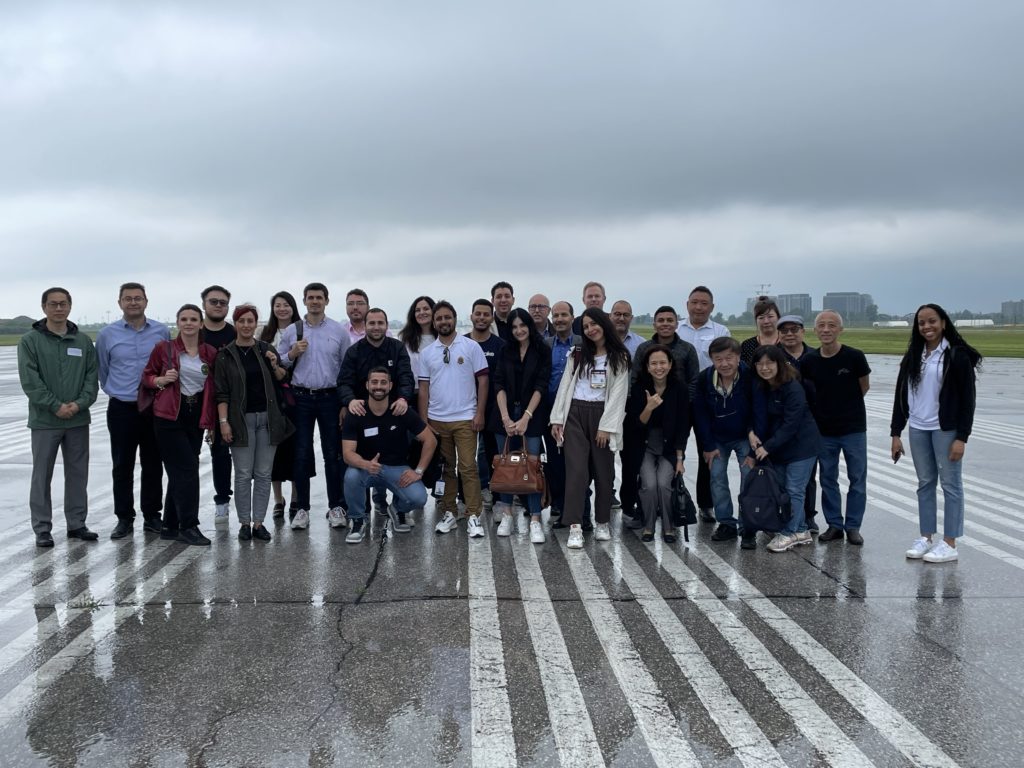
Waterfront – Villiers Island
The second stop is the Waterfront in Toronto, an innovative green redevelopment project that aims to transform the waterfront area into an area of reference for the inhabitants of the city. The ambitious goal is to make the entire area zero carbon and at the service of the community, merging the dynamism of the city with respect for the environment and water.
The project, developed on an area of almost five hectares, includes 800 residential units, large green and car-free areas, five skyscrapers, including one made entirely of solid wood and topped by an urban farm.
It is also planned to build a new area, Villiers Island, which will protect the area from flooding thanks to the naturalization of the Don River and the formation of new outlets at the mouth and Lake Ontario.
The area will thus be able to handle any large storms even with flows of 1.500 cubic meters per second (two thirds of that of Niagara Falls).
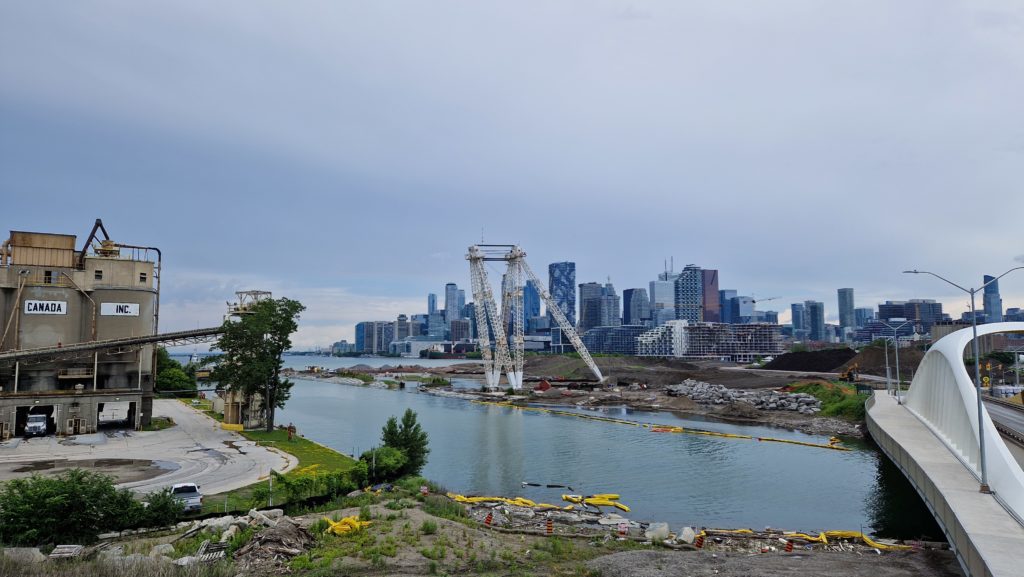
From the next day our adventure begins concretely at the Collision Conference in Toronto, but we will talk in detail in the next article on our blog that will be released at the end of this week!
